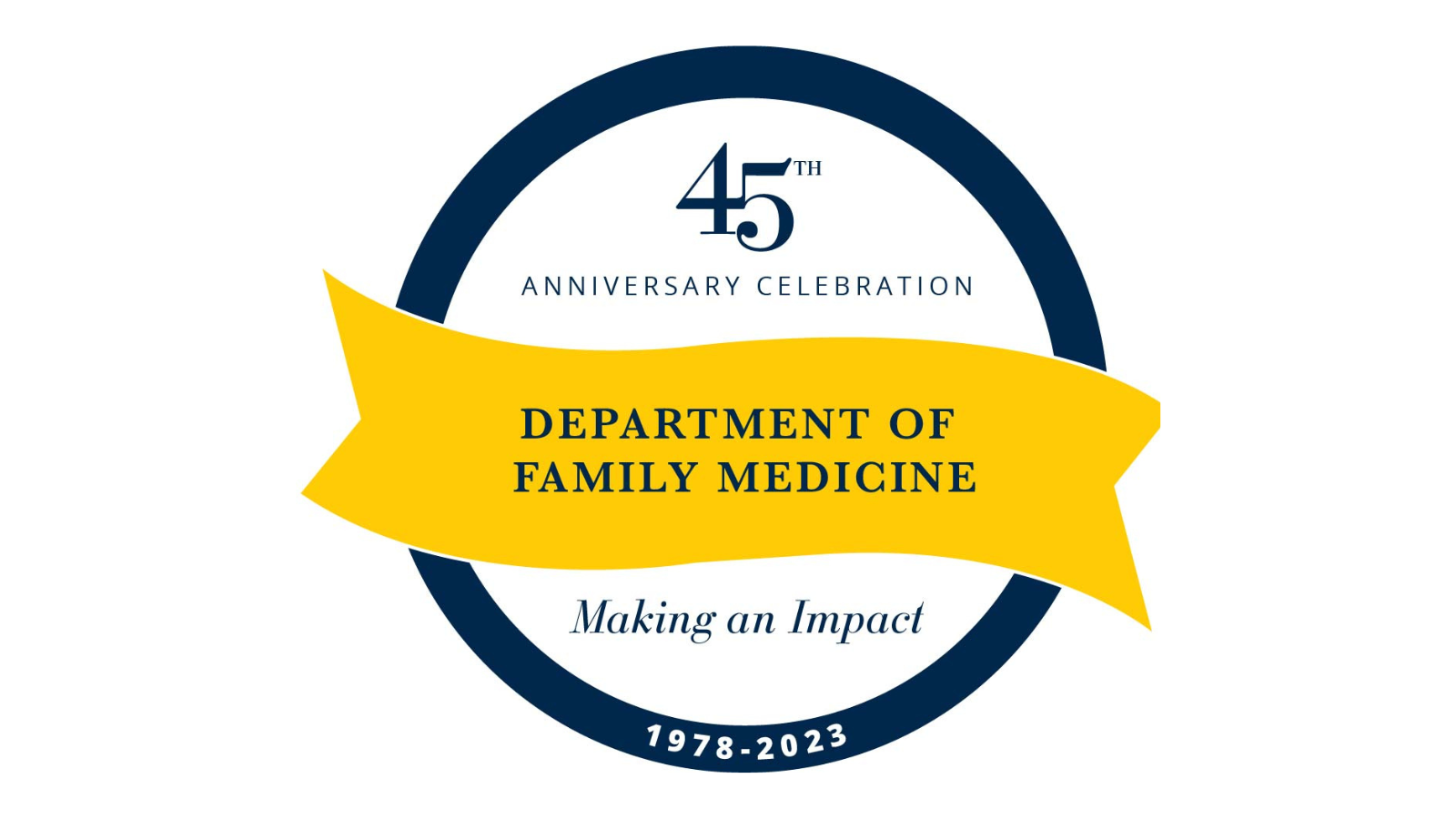In the best-case scenarios, patients are discharged from the hospital, heal successfully, and do not experience medical complications that require them to return to the hospital for unexpected follow-up care. A hospital’s 30-day readmission rate is a commonly-utilized indicator of health care performance. Value-based insurers scrutinize readmission rates, and health care systems are motivated to lower readmission rates in order to reduce costs.
To meet these needs, there has been a sharp increase in the development of 30-day hospital readmission risk-prediction tools in recent years to enable identification of high-risk patients and to inform more efficient postdischarge care coordination. The pervasive adoption of electronic medical records provides fuel to feed the increase in modeling; however the quality and integrity of electronic medical records is concerning and possess significant barriers to effectively leverage these data to develop accurate and precise risk-assessment tools.

Elham Mahmoudi, PhD, MBA, assistant professor, has led a systematic review of the research literature on hospital readmission risk prediction models that utilize electronic health record data to assess the performance and quality of current validated prediction models using EHR data. The review was published recently in BMJ.
What the study found:
-
On average, risk prediction models using electronic medical records have better predictive performance than those using administrative data, but this improvement remains modest
-
The quality and integrity of electronic medical records are concerning and pose significant barriers to effectively leveraging these data to develop accurate and precise risk assessment tools
-
Most studies did not account for salient socioeconomic features, failed to calibrate their models, and lacked careful assessment of the clinical utilities and implementation of the developed tools
There has been an absence of interpretable machine learning methods in this systematic review. The evolution of the field requires development and implementation of interpretable methods in order to establish clinical usefulness and inspire potential practice pattern changes.
“Use of electronic medical records data and interpretable machine learning methods have created an enormous opportunity for further refinement of readmission risk prediction tools,” Mahmoudi notes. She is currently working on a team developing a 30-day hospital readmission tool using EHR data from the University of Michigan. “This study helped us to identify potential key predictors and more promising methods of risk assessment.”
The study’s co-authors include Neil Kamdar, Noa Kim, Gabriella Gonzales, Karandeep Singh, MD assistant professor of learning health sciences; and Akbar K Waljee, MD, associate professor of gastroenterology and internal medicine.
Article citation: Mahmoudi E, Kamdar N, Kim N, Gonzales G, Singh K, Waljee AK. Use of electronic medical records in development and validation of risk prediction models of hospital readmission: systematic review. Bmj. August 2020:m958. doi:10.1136/bmj.m958.


